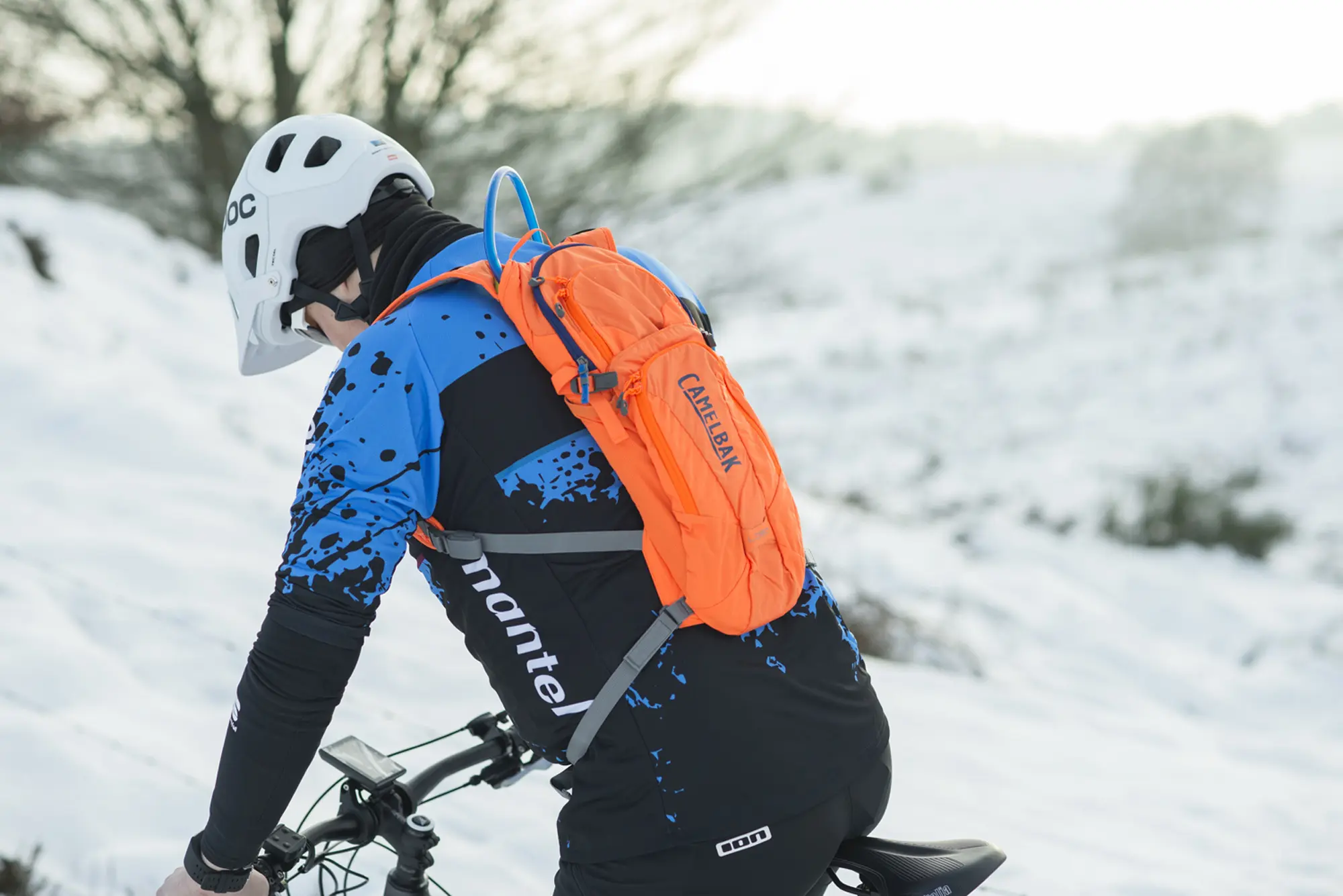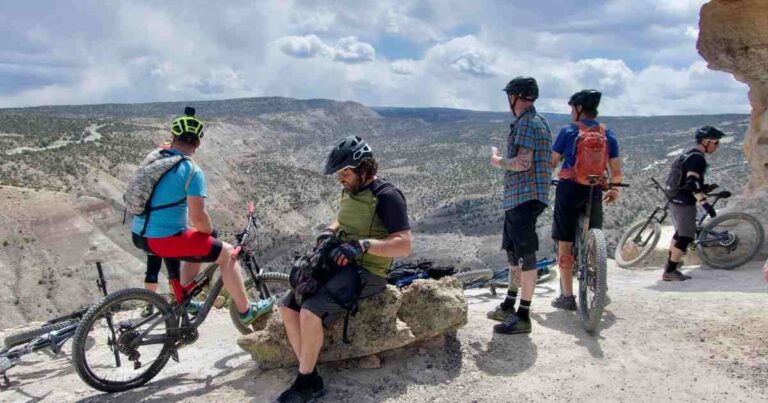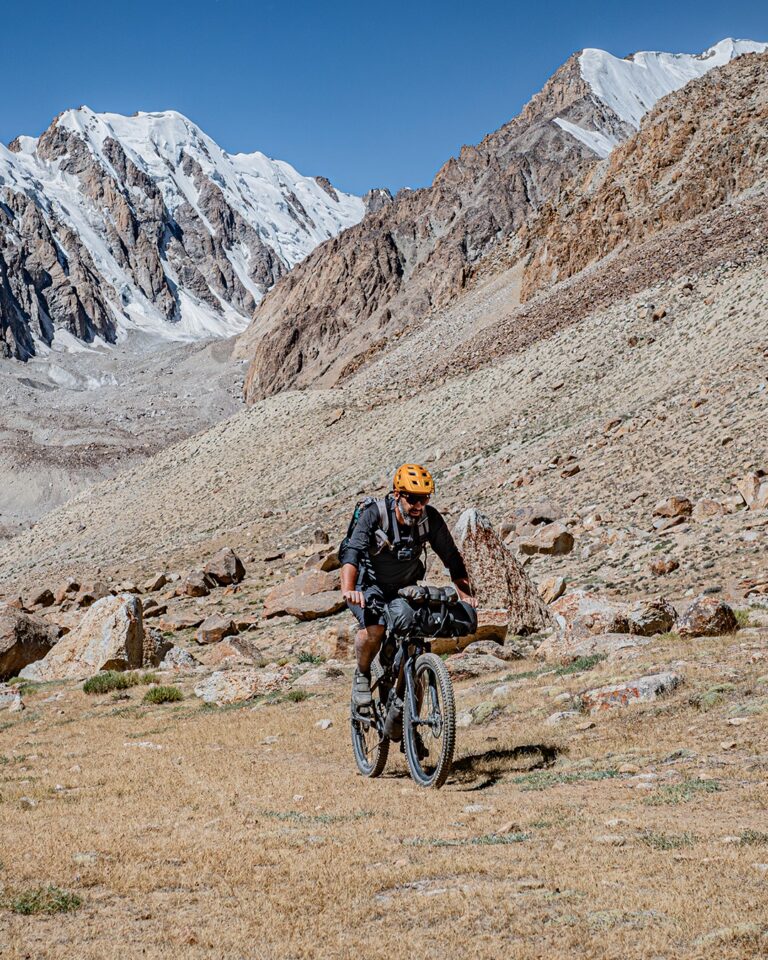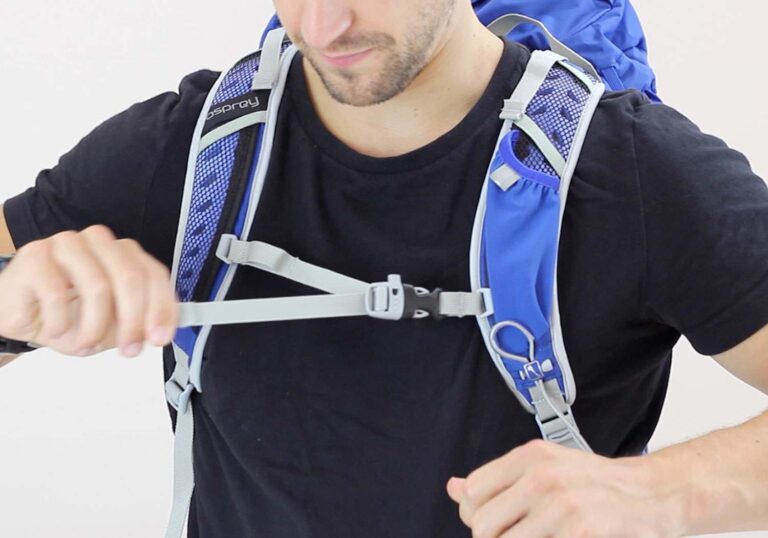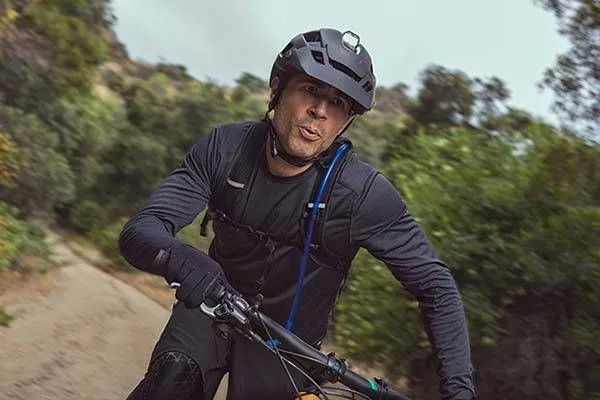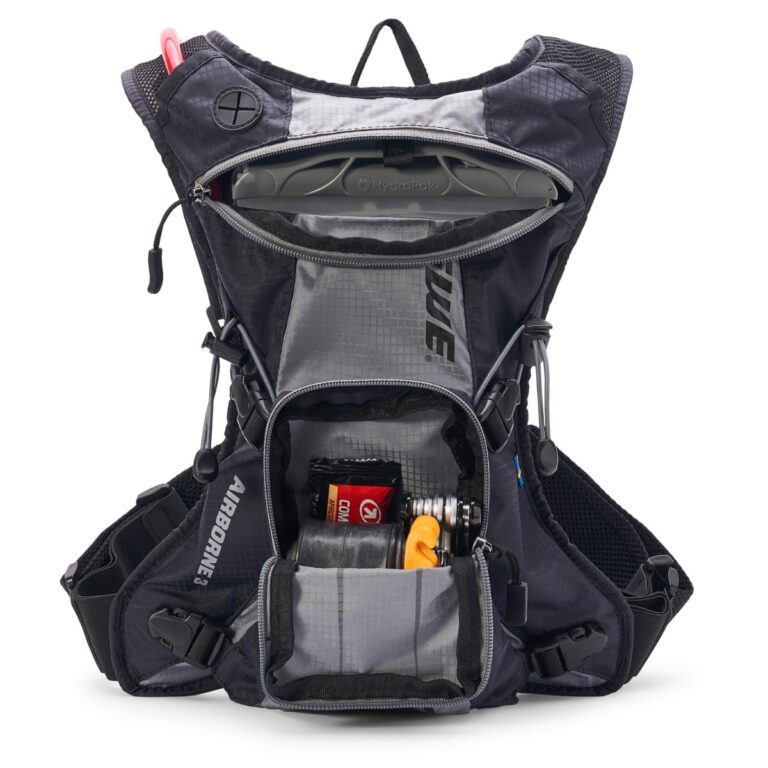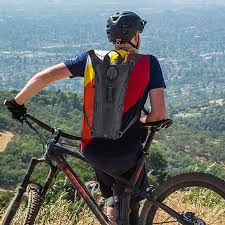Navigating Winter Hydration: Insulating Hydration Pack Hoses in Cold Weather
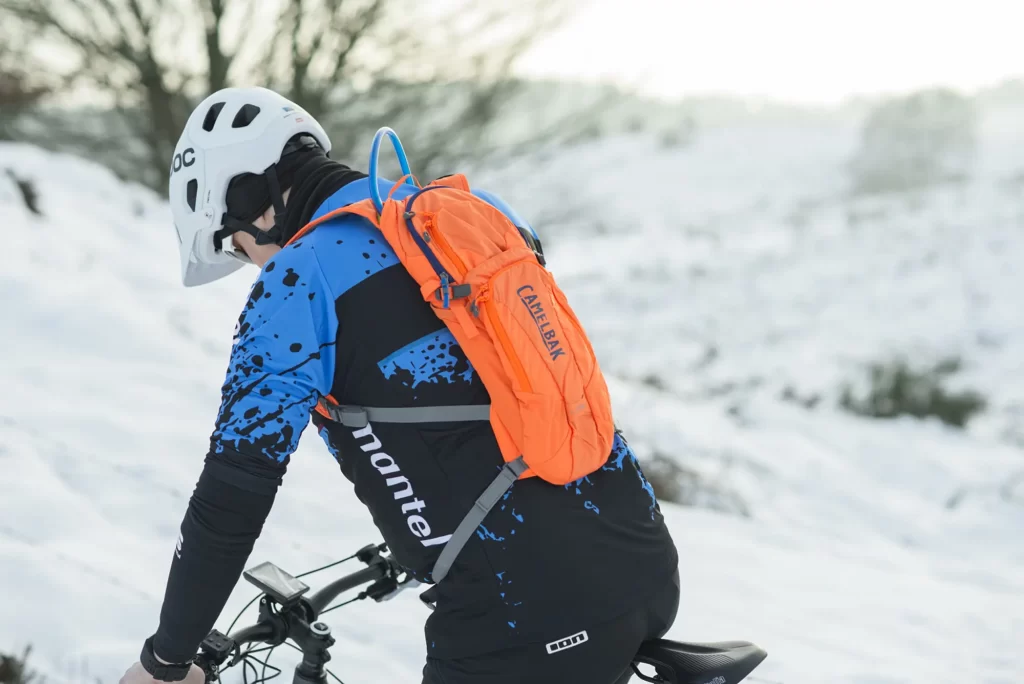
Key Point Summary of Insulating Hydration Pack Hoses in Cold Weather:
Understanding the significance of hydration during winter rides is crucial. Cold weather presents unique challenges for maintaining fluid intake, with freezing temperatures posing a risk to the functionality of hydration pack hoses. This article delves into practical and effective methods for insulating these hoses, ensuring that water remains accessible throughout your ride. Drawing from extensive experience in various cycling disciplines, including mountain biking, gravel biking, and cyclocross, the piece offers valuable insights tailored for cyclists at beginner to mid-level proficiency.
Hey fellow riders! As a masters cyclist with years of experience across mountain bikes, gravel, and cyclocross, I’ve learned a ton about staying hydrated, especially in the cold. Let me share some key insights on keeping your hydration pack hoses from freezing, a common yet often overlooked issue in winter cycling.
The Importance of Hydration in Cold Weather
Staying hydrated in winter is as critical as in summer. Contrary to popular belief, your hydration needs don’t decrease in cold weather. In fact, winter riding can be deceptively dehydrating. I recall a cyclocross race in freezing conditions where I underestimated my water needs, leading to a tough lesson in the importance of hydration, regardless of the temperature.
Techniques for Insulating Hydration Hoses
Insulating hydration hoses is essential to prevent water from freezing. Here are some effective strategies:
Insulated Sleeves: These are fantastic for maintaining the liquid’s temperature inside the hose. I’ve used various brands and found that a snug fit is the most crucial factor.
Blowing Air Back Into the Hose: Post-drink, blow air back into the hose to clear any remaining water. This trick has saved me during many sub-zero rides.
Keeping the Hose Close to Your Body: In extreme cold, tuck the hose under your jacket. Body heat helps prevent freezing. I discovered this during a snowy gravel ride, and it worked wonders.
Personal Experiences and Recommendations
Over the years, I’ve honed my approach to winter hydration. Once, during a training ride, I forgot my insulated sleeve and had to use foam tubing from a hardware store. It wasn’t ideal but it got me through the ride, highlighting the importance of preparation and adaptation.
For hydration packs, I prefer those with quick disconnect features for easier hose management. Experimentation is key – what works for one rider might not work for another.

When it comes to insulating hoses for hydration packs during winter cycling, several models stand out for their effectiveness, durability, and ease of use. Here’s a list of some of the best insulation hose models:
- CamelBak Crux Insulated Tube Director: Known for its excellent insulation, this model features a bend at the mouthpiece for easy drinking and is compatible with most CamelBak reservoirs.
- Osprey Hydraulics Insulated Delivery System: This hose has an integrated heat-reflective closed-cell foam sleeve that keeps the water in the hose from freezing, even in extreme conditions.
- Hydrapak ArcticFusion Tube Kit: Offering superior thermal protection, this kit includes a co-extruded insulated tube where the insulation is applied to the tube itself, ensuring a consistent temperature along the entire length.
- Platypus Insulated Drink Tube & Bite Valve: This model features a foam insulation layer that wraps around the drinking tube, providing excellent freeze resistance. It’s compatible with Platypus reservoirs and can be adapted to fit others.
- Source Winter Tube Kit: This kit includes a UV-protected, co-extruded tube and a unique Helix™ Valve with a shut-off mechanism for added protection against freezing.
- MSR Hydration Kit Insulated: Designed for cold-weather performance, this kit includes an insulated tube and a bite valve cover to prevent the tube and valve from freezing.
- Geigerrig Insulated Tube Garage: Unique in design, this model has an ‘insulated garage’ that houses the bite valve, providing freeze protection and easy access.
Each of these models offers unique features suited to different preferences and hydration pack types. When selecting an insulation hose model, consider factors such as compatibility with your hydration pack, the typical temperatures you’ll be riding in, and any specific features you find beneficial, like easy access to bite valves or integrated shut-off mechanisms.
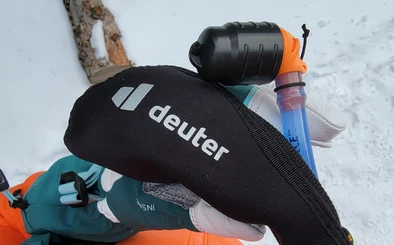
Final Thoughts
Hydration is a year-round concern, and winter brings its own set of challenges. With the right insulation techniques for your hydration pack hoses, you can keep the water flowing and focus on the joy of riding. Find what works for you and stay hydrated on those chilly rides.
John
FAQ
How do you insulate a hydration pack?
To insulate a hydration pack, follow these steps:
- Use an Insulated Sleeve: Wrap the hydration pack’s hose in an insulated sleeve to prevent water from freezing.
- Insulate the Reservoir: Keep the reservoir insulated by using a thermal cover or placing it in an insulated compartment of your backpack.
- Keep the Pack Close to Your Body: Wearing the pack under a layer of clothing can use body heat to help prevent freezing.
- Blow Back Water: After drinking, blow air into the hose to push water back into the reservoir, keeping the hose empty and less likely to freeze.
- Use Warm Water: Fill the reservoir with slightly warm water to delay freezing in cold temperatures.
Here’s a great tip from The Outdoor Gear Review if you’re still wondering about insulated tubes versus regular tubes and how to tackle the cold with a regular tube.
Do hydration packs stay cold?
Hydration packs generally do not stay cold on their own. The temperature of the liquid inside will eventually adjust to the ambient temperature. To keep the contents cold, you can use an insulated hydration pack or add a cold source, like ice or a chilled bladder, inside the pack.
How do you keep water cool in a hydration pack?
To keep water cool in a hydration pack, you can fill the bladder with cold water, add ice cubes or a frozen water bottle inside it, use an insulated bladder, or wrap the bladder in an insulating material. Additionally, keeping the hydration pack out of direct sunlight can also help maintain cooler temperatures.
